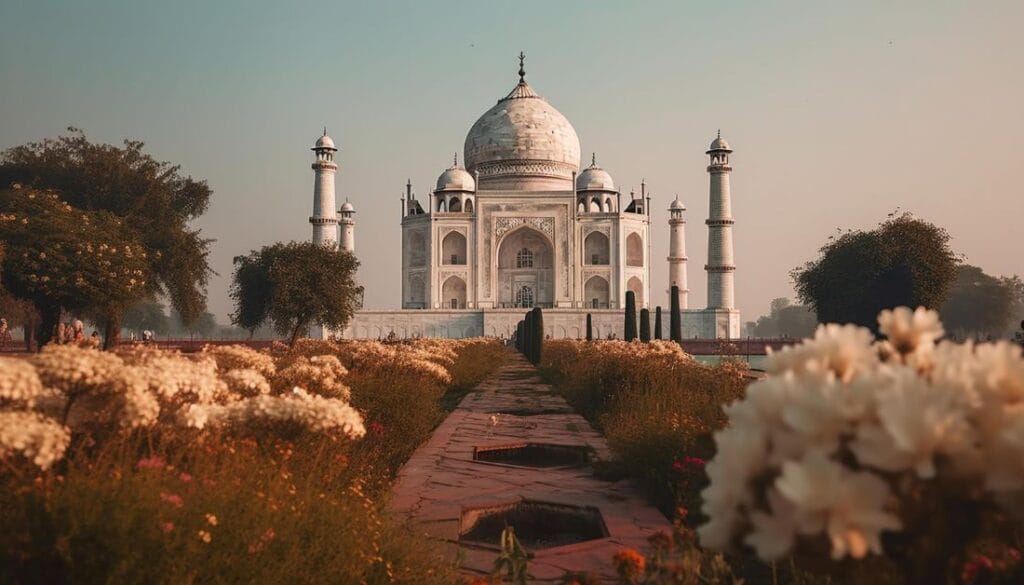Machu Picchu
It is one of the hidden gems of the Inca legacy, perched on the crest of a mountain at 2.430 meters above sea level, deep in the remote folds of the Cusco region of Peru. This enigmatic city was rightly crowned, back in 2007, as one of the Seven Wonders of the World. This ancient city was built from 1438 until 1472 as a structural homage to Inca Emperor Pachacuti and went down in history as a manifestation of this civilization’s ingenuity. In 1983, UNESCO recognized this site with its world-historic designation, which solidified the status it holds.
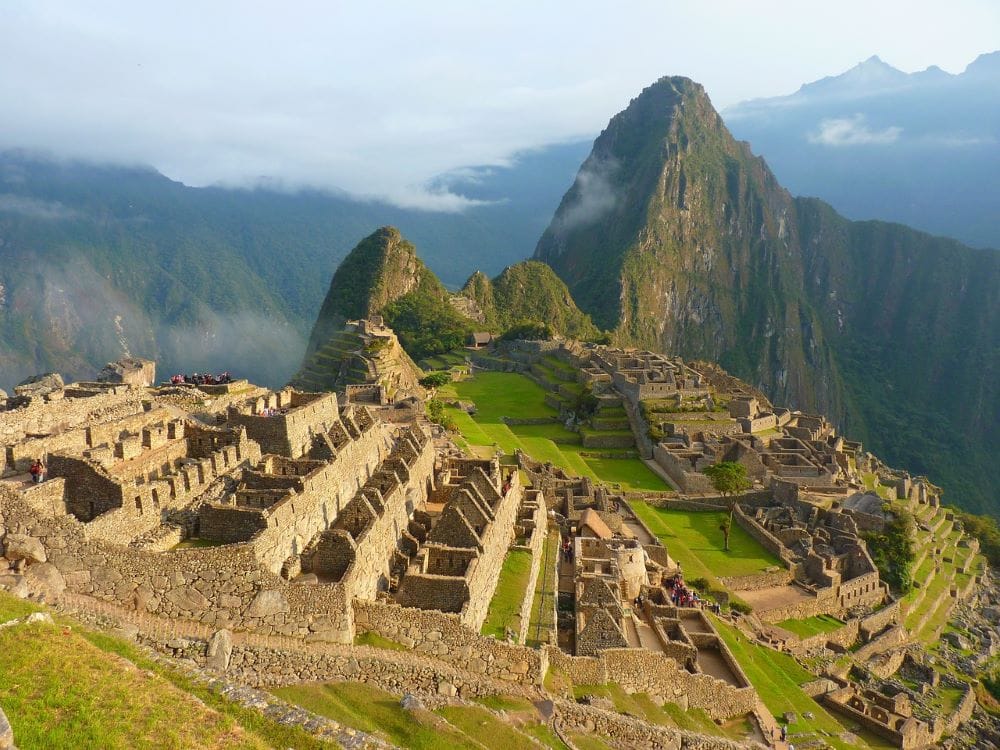
The Pyramids at Giza, Egypt
With a profound history of almost 3000 years, the Great Man created the most renowned building of all time. The pyramid is over 146.5 meters (481 feet) tall, with a base length of 230.4 meters (756 feet) on each side and a mass of more than 6 million metric tons. People keep voting for it as one of the seven wonders of the world, and it stays on the list. The Giza Pyramids were built between 2540 and 2560 BC.
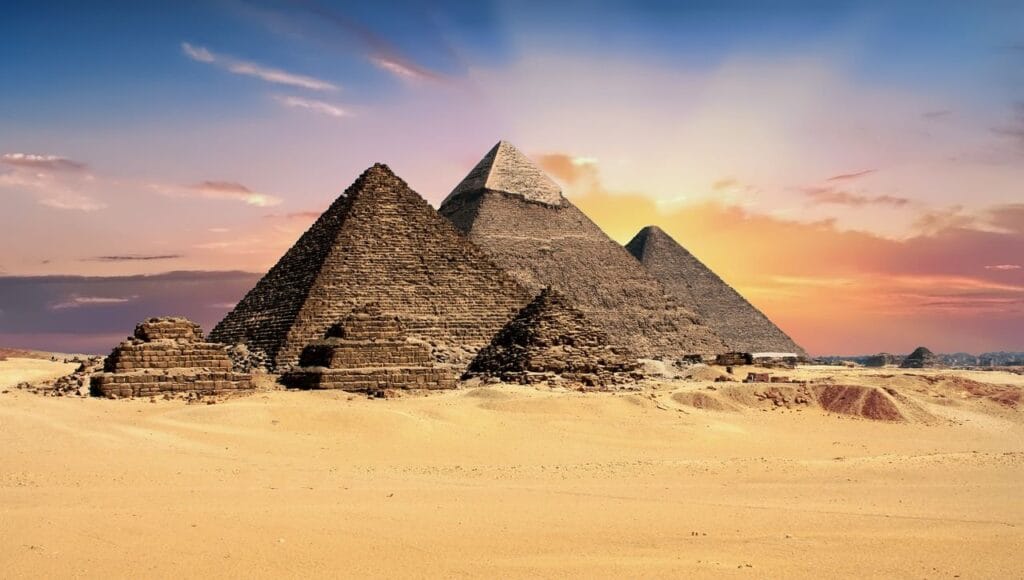
The Great Wall of China
This is one of the world’s seven wonders. The building was started in the 5th century and kept up and fixed up until the 16th century. The official length of the Great Wall is 13,170.7 miles, including 359 kilometers of trenches and 1,387 kilometers of natural obstacles. The Great Wall of China spans nine provinces and towns. The first section of the Great Wall took ten years to build, with the oldest section dating back roughly 2,700 years. During construction, almost 400,000 labourers died. Their bodies were buried inside the wall.
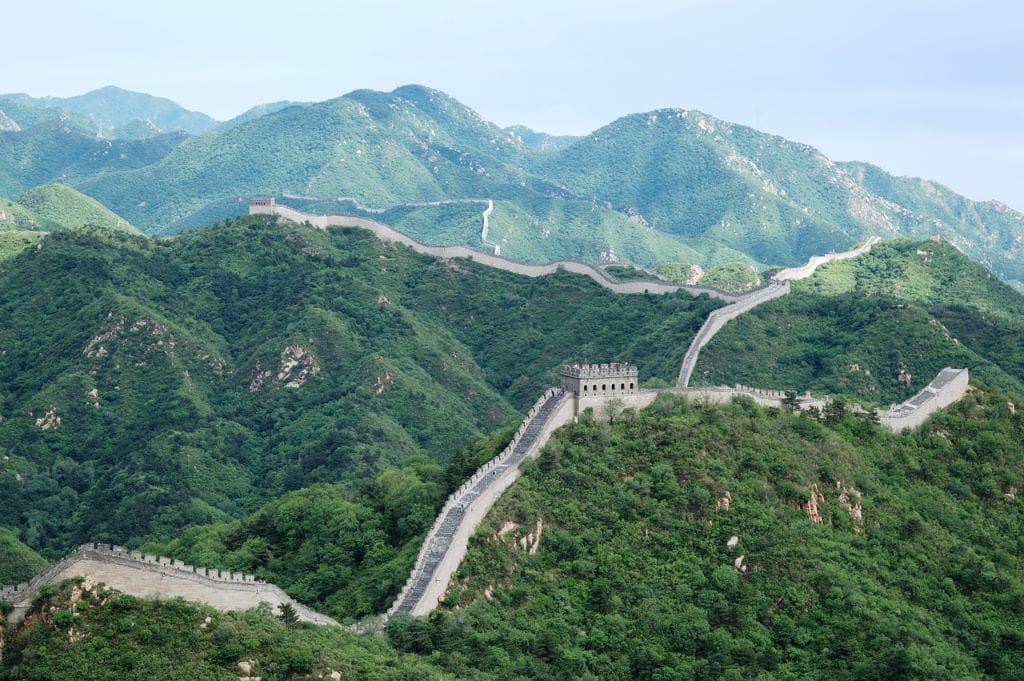
Chichen Itza
Chichen Itza is one of the largest and most famous archaeological sites attributed to the Maya civilization; it sprawls across the Yucatán Peninsula of Mexico. It was an important city from approximately 600 AD until the 1200s and was considered the major center of politics, economics, and culture at the time. Ruins include the famous, very symbolic El Castillo (Temple of Kukulkan), a pyramid about 30 meters high. Chichen Itza, one of the New Seven Wonders of the World, is also a UNESCO World Heritage Site.
Period of Significance: Approximately 600 AD to the 1200s
Height of El Castillo (Temple of Kukulkan): About 30 meters
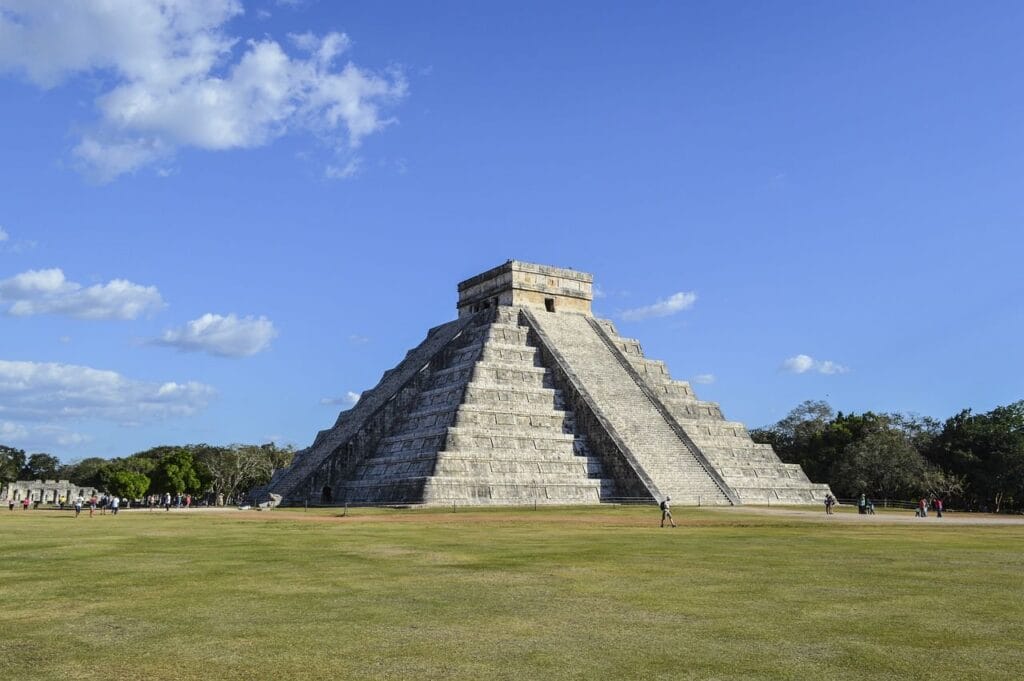
Petra, Jordan
This is the most awesome sight etched in Jordan’s Arabah, uncovered by some Swiss adventurer in 1812. Petra is famous for its rock-cut architecture and system of water conduits. It was built as the Nabataean capital, probably around 1200 BC. Since 1985, it has been on the UNESCO list of World Heritage Sites. 810 meters is the total elevation.
Height of Al-Khazneh (The Treasury): Approximately 40 meters (131 feet)
Length of Siq (the main entrance): Approximately 1.2 kilometers (0.75 miles)
UNESCO World Heritage Site: Designated in 1985
Recognition: One of the New Seven Wonders of the World (2007)
Annual Visitors: Over 1 million tourists
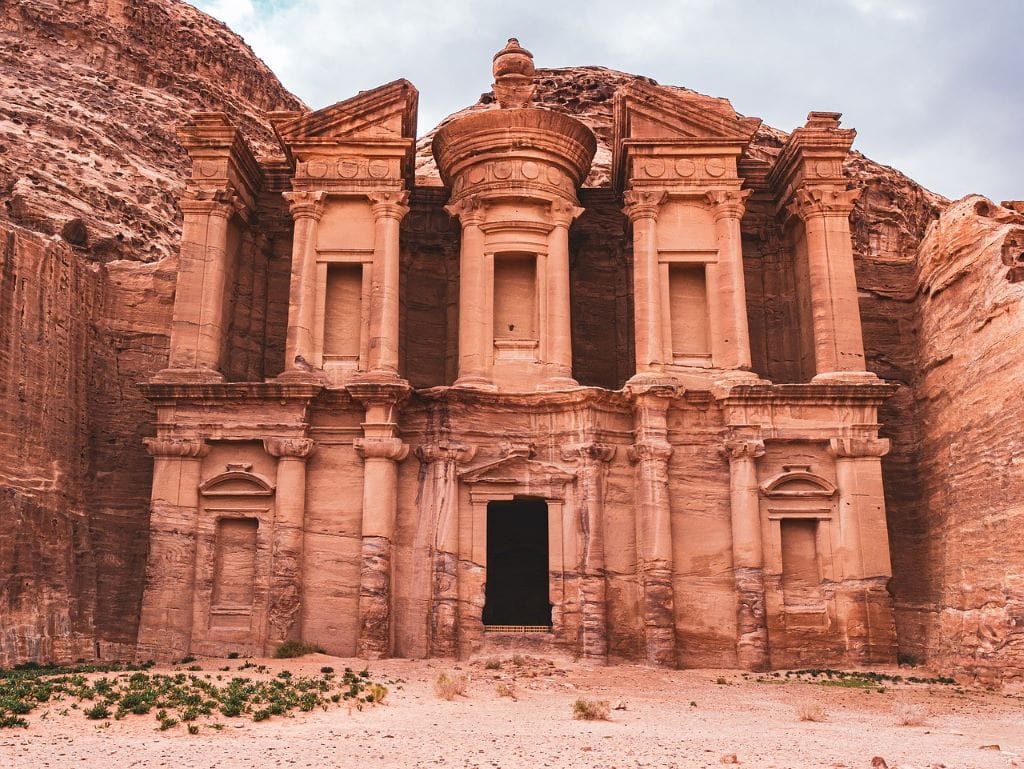
Stonehenge
Archaeologists generally agree that Stonehenge is around 5000 years old (dating back to around 3000 BC) . Standing approximately 4 meters high and weighing 25 tons each, the monument comprises standing stones forming a circle. Many myths and legends are related to Stonehenge, focusing on its huge, isolated stones and mysterious construction. Stonehenge, designated a World Heritage Site by UNESCO in 1986, still attracts the attention of archaeologists and the general public. A small number of interesting facts include the monument’s alignment with the solstices, suggesting it may have been used for astronomical observations, and ongoing debates over how these huge rocks were transported and erected.
Visitor numbers: around 1.5 million visitors annually.
Size: Stonehenge’s outer circle measures 30 meters in diameter, with stones reaching 9 meters high and weighing 25 tons.
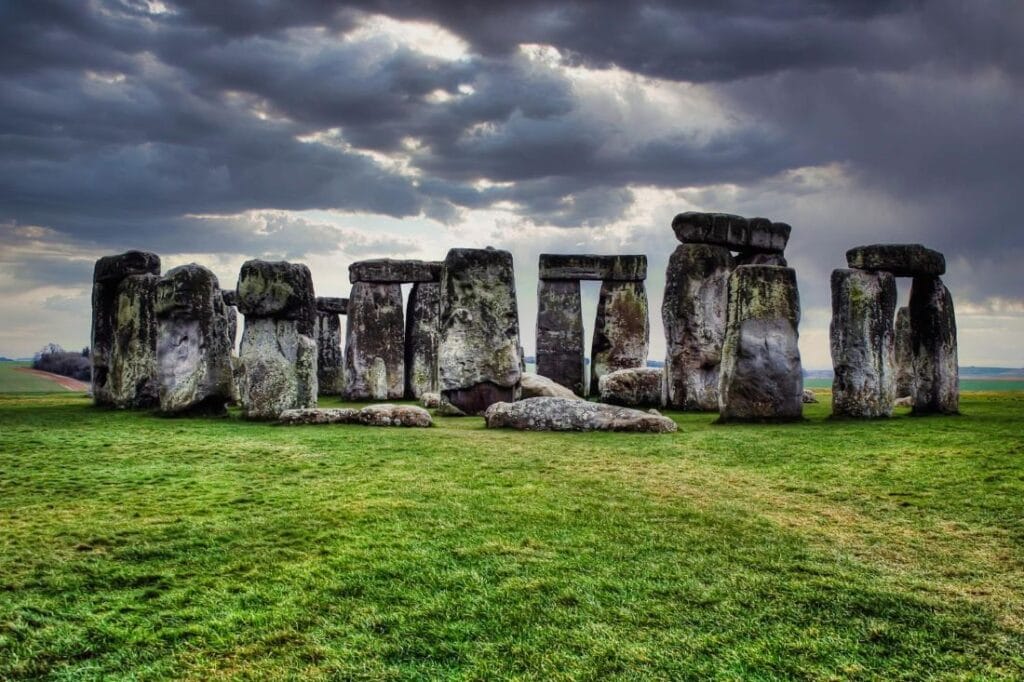
Colosseum
The Colosseum, located in Rome, Italy, was an amphitheater built between 70-80 AD. It would seat 50,000 to 80,000 spectators to watch everything from gladiatorial contests to public entertainment. Today,, it stands as a monument to what the Romans could do with engineering and is listed as a UNESCO World Heritage Site.
It was built under the rule of Emperor Vespasian and completed during the reign of his son, Emperor Titus, both from the Flavian dynasty.” It occupied the site of Nero’s great palace complex, the Domus Aurea, which was constructed after the Great Fire of Rome. The construction of the amphitheater involved using opus caementicium (a building material used in ancient Rome) and travertine stone, which further exemplified state-of-the-art Roman engineering techniques. With gladiatorial contests, beast hunts, mock naval battles, and public shows continuing for over four hundred years, it took on the character of imperial power and entertainment in ancient Rome.
Location: Rome, Italy
Height: 48 meters (157 feet)
Construction Period: Built between 70-75 AD (10 years)
Capacity: 50,000 to 80,000 spectators
Dimensions: Length: 188 meters (617 feet), Width: 156 meters (512 feet)
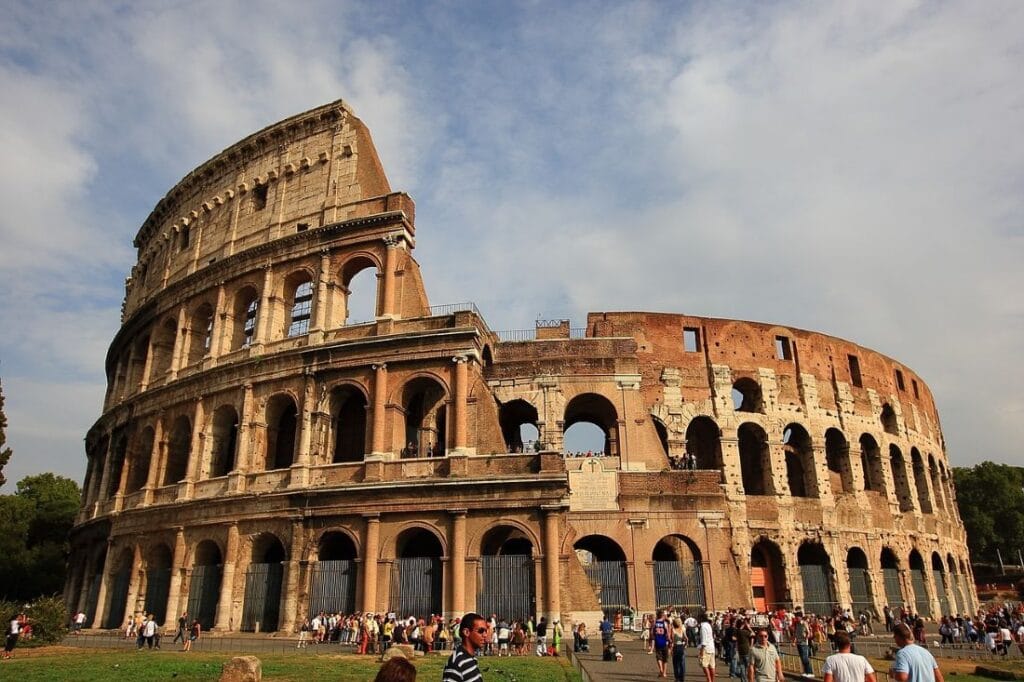
Persepolis
Perspolis was designated a World Heritage Site by UNESCO in 1979. Persepolis was the ceremonial capital of the Achaemenid Empire and was built in 515 BC. Persepolis is located 70 kilometers from Shiraz, Iran’s contemporary capital.
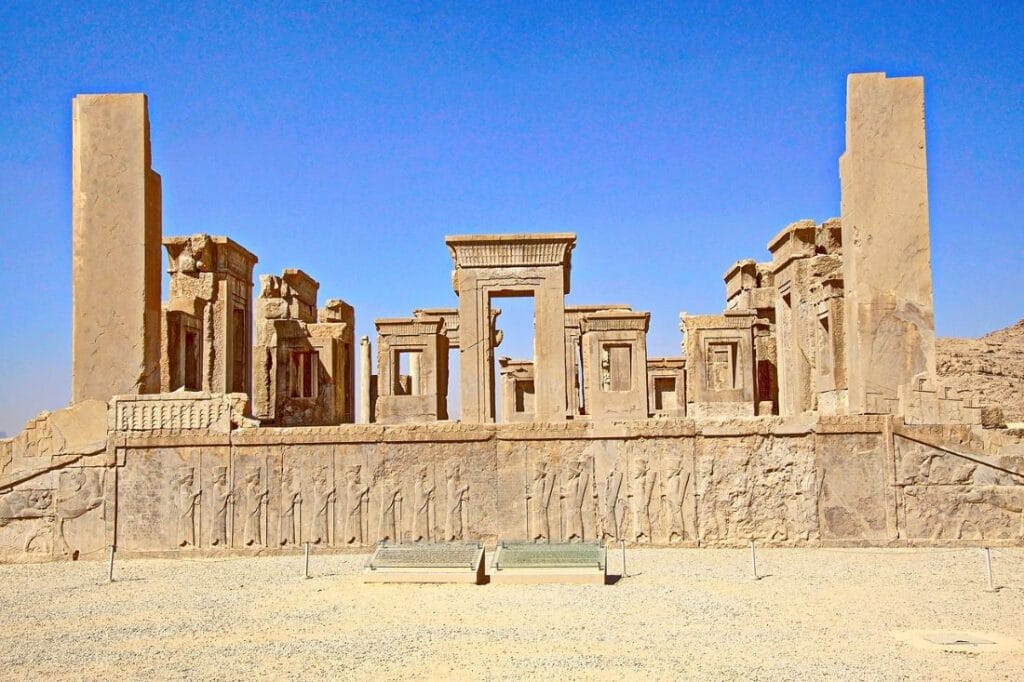
Acropolis
The UNESCO World Heritage Site is located here. The Acropolis is a capped rock 490 feet high in Athens, Greece. This location is in the city of Athens, Greece, and it is around 3 hectares in size. The building of the Acropolis took place between 490 and 415 BC.
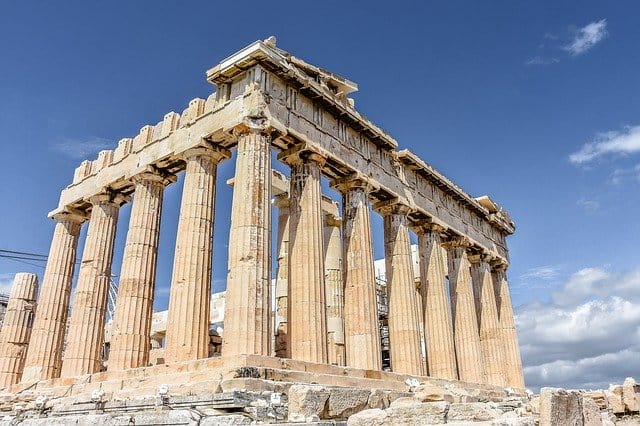
Potala Palace
The Tibetan capital of Lhasa is home to this impressive palace. The construction of the Potala Palace began in 1645, under the direction of the Fifth Dalai Lama. Located in the middle of the Lhasa Valley at an elevation of 3,700 meters. It has been dubbed the “New Wonder of the World” by local media outlets.
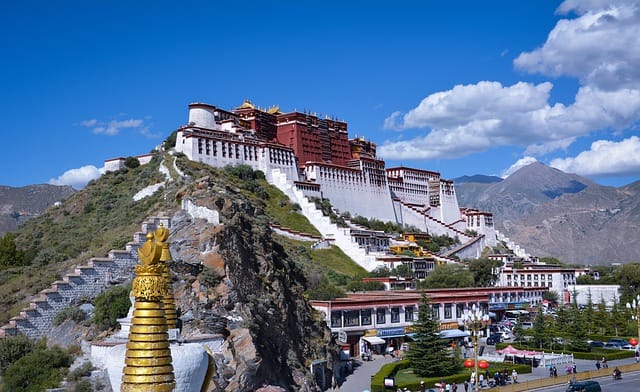
Alhambra
The Alhambra was built in 1492 in Granada, Andalusia, Spain. It is a fortress complex and a beautiful palace. This is a UNESCO World Heritage Site with a lot of interesting things to see within.
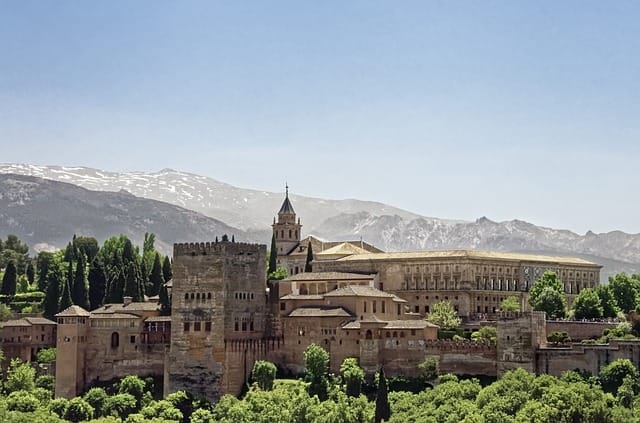
Angkor Wat
This is a temple in Cambodia’s Angkor Wat complex. Around the 12th century, it was erected for King Suryavarman II. The temple’s exterior wall stretches for around 3.6 kilometers. It is the biggest religious structure in the world.
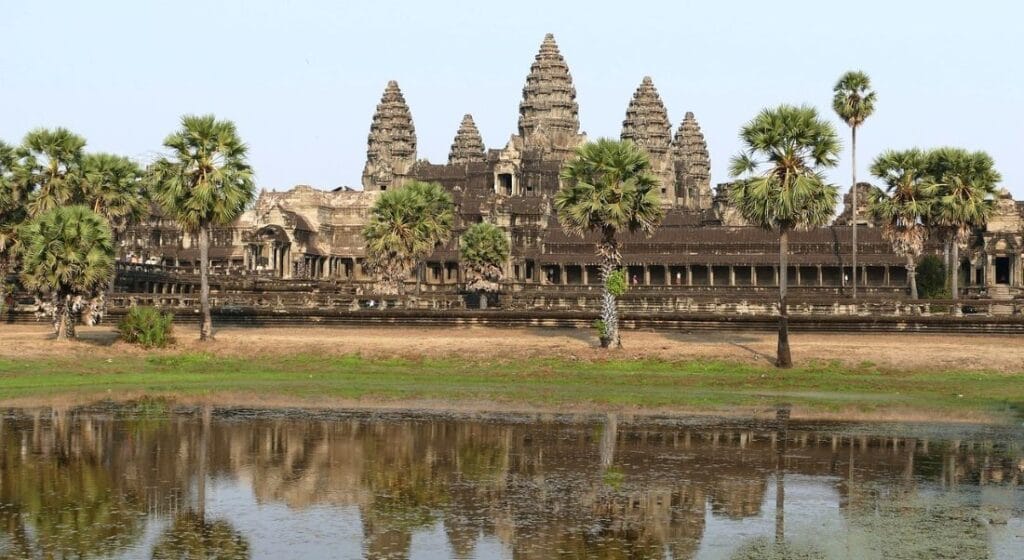
Eastern Island
The world’s most remote inhabited island. Built between 300 and 1200 CE, most of this island’s works were made with stone, including Ahu, stonework, Moai (statues), myths, stone walls, stone homes, and petroglyphs.
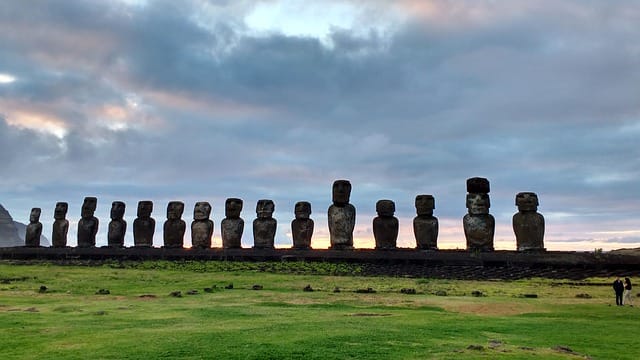
Tajmahal
The Taj Mahal is a UNESCO World Heritage Site and one of the world’s seven wonders. It is located in the Indian city of Agra. Construction of the Taj Mahal began in 1632 and was finished in 1653. This Moghal-style structure attracts 3 million visitors annually.
